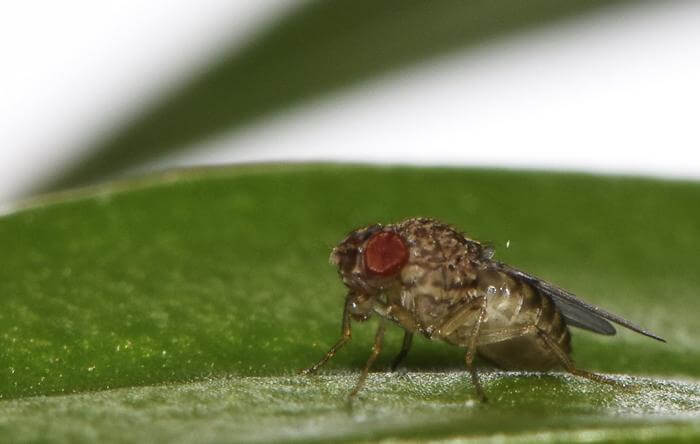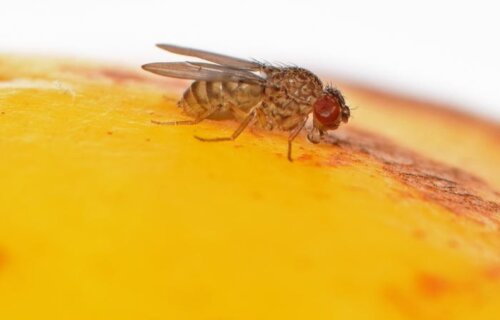CAMBRIDGE, United Kingdom — The mystery behind virgin births has been unraveled in the most unsuspecting place – the common fruit fly. Scientists at the University of Cambridge identified genes in female flies capable of independent reproduction, completely bypassing the need for a male partner. By manipulating these genes, researchers successfully induced virgin births in fruit flies, a species that typically reproduces sexually.
Interestingly, the virgin offspring were always female and were also found to retain this genetic capability. This breakthrough study may inform further research on the capacity of crop pests to produce offspring without male involvement.
While most animals have no alternative but to reproduce sexually, through the fertilization of a female’s egg by a male’s sperm, virgin births or “parthenogenesis” is a process where an egg develops into an embryo without sperm, eliminating the need for males. The offspring of virgin births are not exact clones of their mothers, but they were found to be genetically very similar and exclusively female.
Initially, the research team investigated the genetic makeup of two strains of another fly species, Drosophila mercatorum. While one strain requires males for reproduction, the other reproduces solely through virgin births. Scientists pinpointed which genes were active or inactive in the strain that could reproduce asexually.
These suspected genes were then modified in the model fruit fly, Drosophila melanogaster, with a miraculous result: the fly gained the ability for parthenogenesis. Dr. Alexis Sperling, the lead author of the study, found the discovery of engineering virgin births highly intriguing.
“In our genetically manipulated flies, the females waited to find a male for half their lives – about 40 days – but then gave up and proceeded to have a virgin birth,” Dr. Sperling says in a media release.
“We’re the first to show that you can engineer virgin births to happen in an animal – it was very exciting to see a virgin fly produce an embryo able to develop to adulthood, and then repeat the process.”

Once the capability for parthenogenesis was triggered in fruit flies, the researchers also discovered that this ability was inherited by future generations, allowing offspring to either reproduce sexually with a male or, in the absence of males, reproduce independently.
However, only one to two percent of the second-generation female flies with parthenogenetic capabilities produced offspring, which solely happened in the absence of male flies. When males were available, the females typically mated and reproduced as usual.
Still, researchers say shifting to parthenogenesis can serve as a valuable survival strategy, with a single generation of virgin births potentially keeping the species alive. Dr. Sperling underscored that conducting such experiments on any other animal would have been incredibly challenging, given that Drosophila melanogaster has been the model organism for genetics research for decades due to its well-understood genetic makeup.
She expressed hope that her work in the Department of Genetics may contribute to future research in her new role at the Cambridge Crop Science Center, where she’ll probe into why parthenogenesis in insects, particularly in pest species, appears to be on the rise.
“If there’s continued selection pressure for virgin births in insect pests, which there seems to be, it will eventually lead to them reproducing only in this way. It could become a real problem for agriculture because females produce only females, so their ability to spread doubles,” Dr. Sperling adds.
Females of certain egg-laying animals, including birds, lizards, and snakes, can naturally switch to giving birth without males. However, parthenogenesis in animals that usually reproduce sexually is rare, often only observed in zoo animals when the female has been isolated for a prolonged period and has little chance of finding a mate.
The extensive study, conducted over a six-year period and involving over 220,000 virgin fruit flies, is published in the journal Current Biology.
You might also be interested in:
- Meet the new arachnid with 3 different types of males
- Using birth control? There are 3 nutrients you might be deficient in now
- Working the night shift for one month could ruin a woman’s chances of having a baby
South West News Service writer James Gamble contributed to this report.

